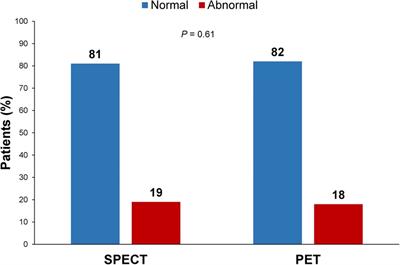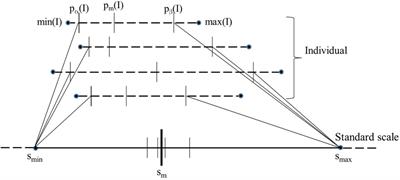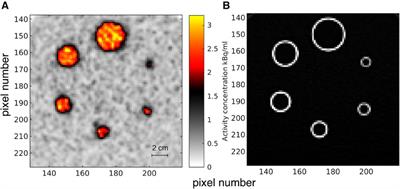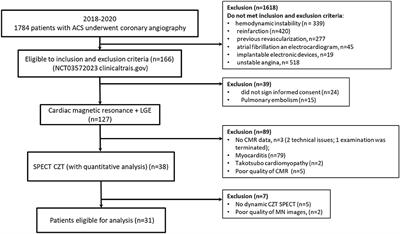ORIGINAL RESEARCH
Published on 14 Feb 2024
Cardiovascular risk factors and development of nomograms in an Italian cohort of patients with suspected coronary artery disease undergoing SPECT or PET stress myocardial perfusion imaging
doi 10.3389/fnume.2024.1232135
- 1,130 views




